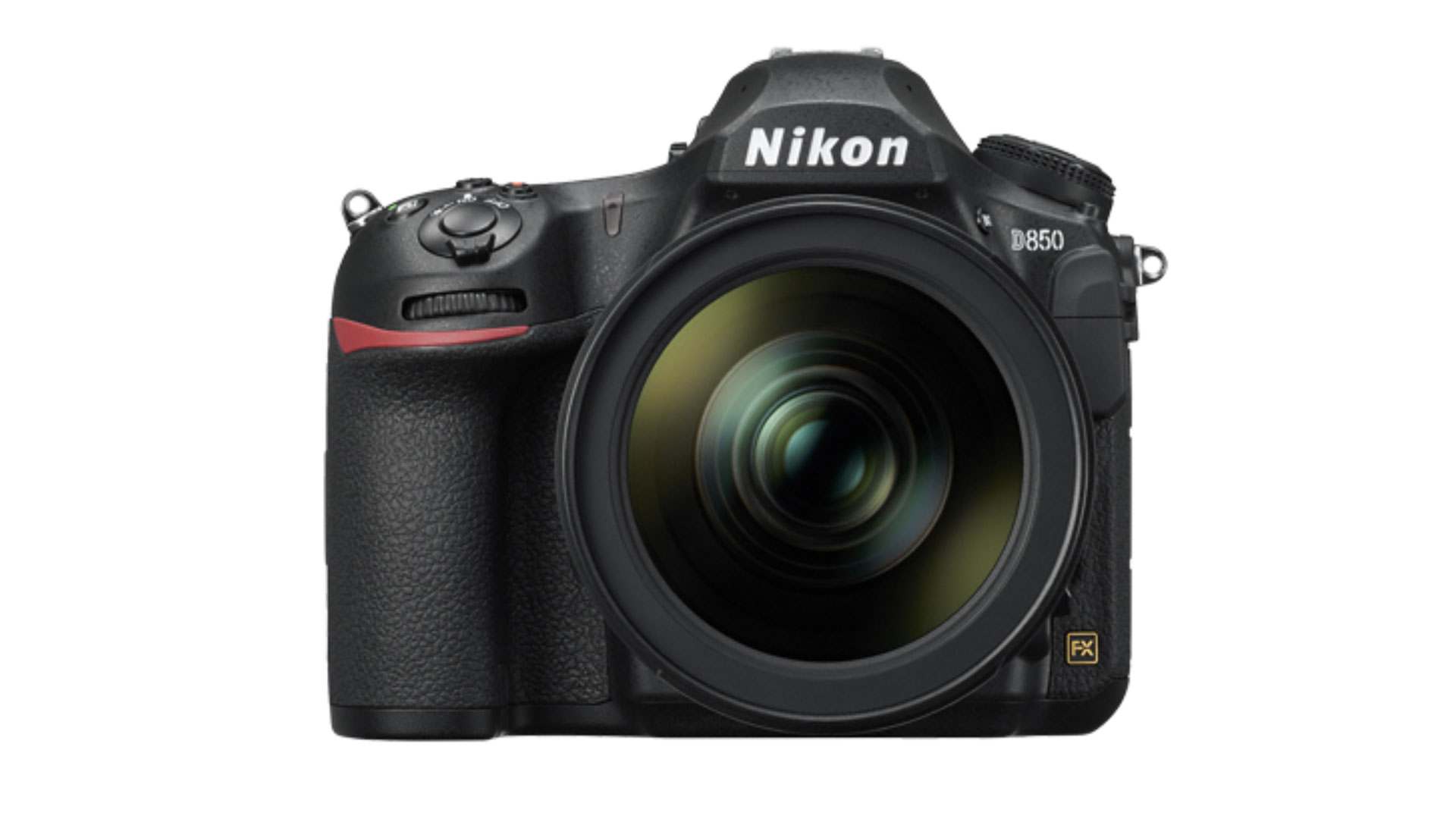August's full moon likely to outshine Perseid meteor shower this year, NASA astronomer says
The Perseid meteor shower, one of the most anticipated and popular night-sky shows of the year, is likely to be upstaged by August’s full moon.

The Perseid meteor shower, one of the most anticipated and popular night-sky shows of the year, is likely to be upstaged by August's full moon.
The Perseids are one of the strongest meteor showers occurring annually between July 14 and Sept. 1. This year, the meteor shower will peak on Aug. 12 and 13, which just so happens to conflict with the full moon, whose bright light will make it difficult to see the meteors shooting across the night sky.
"Sadly, this year's Perseids peak will see the worst possible circumstances for spotters," Bill Cooke, a NASA astronomer who leads the Meteoroid Environment Office at the space agency's Marshall Space Flight Center in Huntsville, Alabama, said in a statement. "Most of us in North America would normally see 50 or 60 meteors per hour, but this year, during the normal peak, the full Moon will reduce that to 10-20 per hour at best."
Related: Perseid meteor shower 2022: When, where & how to see it

If you're looking for a good camera for meteor showers and astrophotography, our top pick is the Nikon D850. Check out our best cameras for astrophotography for more and prepare for the tau Herculids with our guide on how to photograph a meteor shower.
The August full moon, also known as the Sturgeon Moon, will be at its brightest on Aug. 11 at 9:35 p.m. EDT (0101 GMT) and will appear nearly full the night before and the night after its peak. It is the last of this year's supermoons, which occur when the full moon coincides with the moon's closest approach to Earth in its orbit. This means the Sturgeon Moon will appear just a little brighter than a normal full moon.
"The moon is so much brighter than anything else in the night sky, and it will wash out all, but the very brightest Perseids as they streak through our atmosphere and burn up far overhead," according to the statement from NASA.
The Perseids are caused by Earth passing through the debris remnants, or bits of ice and rock, left behind by Comet Swift-Tuttle, which last passed close to Earth in 1992. Comet Swift-Tuttle orbits our sun every 133 years and won't pass our way again until 2125.
Get the Space.com Newsletter
Breaking space news, the latest updates on rocket launches, skywatching events and more!
Measuring about 16 miles (26 kilometers) wide, Comet Swift-Tuttle is the largest object known to repeatedly pass by Earth. Observations of the Perseid meteor shower date back to medieval Europe, at which time the annual event was known as "the Tears of St. Lawrence" — named for the last of seven Roman church deacons martyred by the emperor Valerian in August of the year 258, according to the NASA statement.
However, it wasn't until 1862 that two independent astronomers, Lewis Swift and Horace Tuttle, discovered the comet. Therefore, "how far back sightings of the Perseids actually go remains a matter of some contention," Cooke said in the statement.
The Perseids will begin to slow down around Aug. 21-22 and cease completely by Sept. 1. While this probably won't be the best year to see the Perseids peak, there is still a chance of catching a few "shooting stars" on the days leading up to or after Aug. 12. Try to find a dark viewing spot away from artificial light between midnight and dawn for the best meteor-gazing opportunity. And, if you miss out on spotting the Perseids, there are still a few chances to catch other meteor showers later in August, when the moon's light won't interfere quite as much.
Follow Samantha Mathewson on Twitter @Sam_Ashley13. Follow us on Twitter @Spacedotcom or on Facebook.
Join our Space Forums to keep talking space on the latest missions, night sky and more! And if you have a news tip, correction or comment, let us know at: community@space.com.

Samantha Mathewson joined Space.com as an intern in the summer of 2016. She received a B.A. in Journalism and Environmental Science at the University of New Haven, in Connecticut. Previously, her work has been published in Nature World News. When not writing or reading about science, Samantha enjoys traveling to new places and taking photos! You can follow her on Twitter @Sam_Ashley13.









